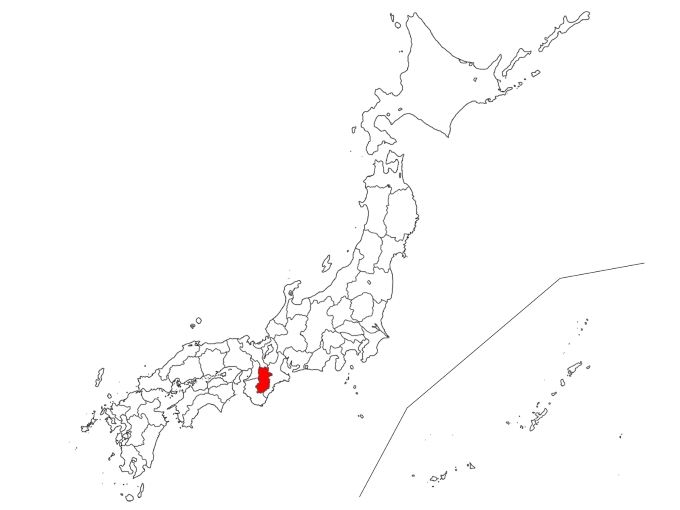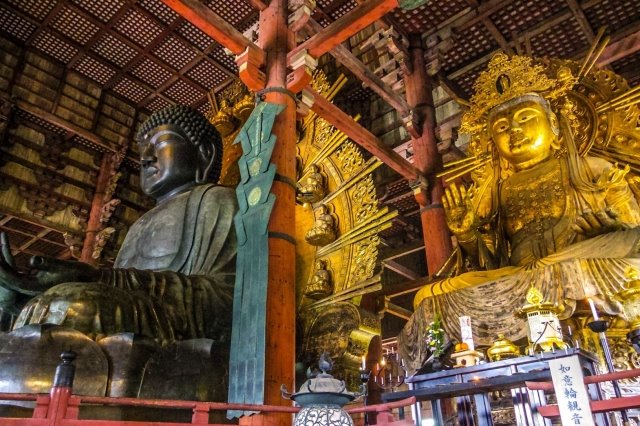Contents
1.Basic Information
Nara, a city with a history older than Kyoto, is filled with traditional landscapes. World Heritage sites such as Todaiji, Horyuji, and Yakushiji are located here, representing significant historical and cultural assets of Japan.
Todaiji
The Great Buddha of Nara, completed in 752 with the help of 2.6 million people, has attracted faith from all over Japan. The temple houses one of the world’s largest wooden structures and was registered as a World Heritage site in 1998. Most of the current buildings were constructed during the Edo period and represent significant Buddhist statues and architecture in Japan.
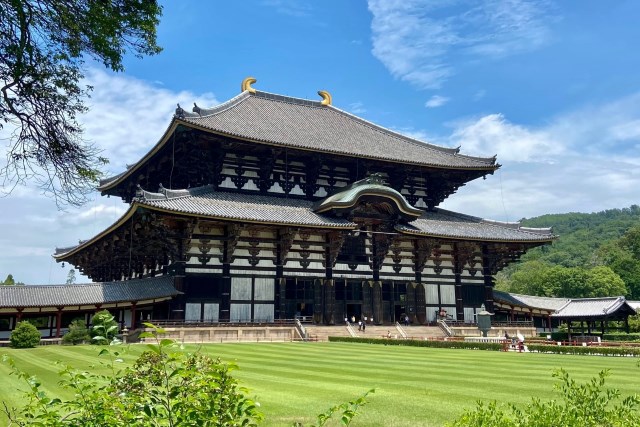
Horyuji
Horyuji is known as the oldest wooden architectural complex in the world. Founded in 607 by Emperor Suiko and Prince Shotoku, it was registered as Japan’s first World Heritage site in 1993. The vast premises of about 187,000 square meters house Asuka-period pagodas, gates, and halls, with many Buddha statues enshrined. The temple contains about 3000 pieces of Buddhist art, including national treasures.
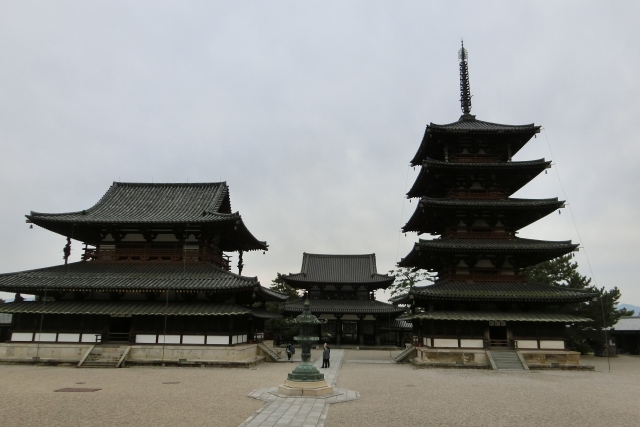
Kofukuji
Kofukuji, moved from Kyoto to Nara in 710, prospered as a temple of the Fujiwara clan. Today, it has a National Treasure five-story pagoda, the Northern Octagonal Hall, and other important cultural properties like the Southern Octagonal Hall, housing valuable Buddhist sculptures.
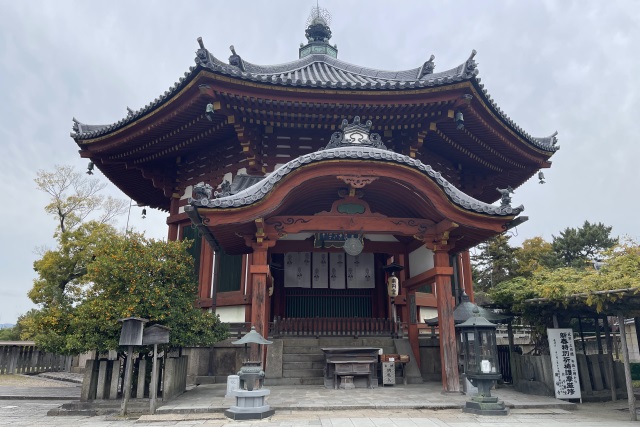
Yakushiji
Yakushiji, completed in 697 to pray for the healing of the then Empress, is known for its beautiful Golden Hall and pagodas, formerly acclaimed as “Dragon Palace” style. Despite losing most of its buildings to disasters, reconstruction is underway, and it was registered as a World Heritage site in 1998.
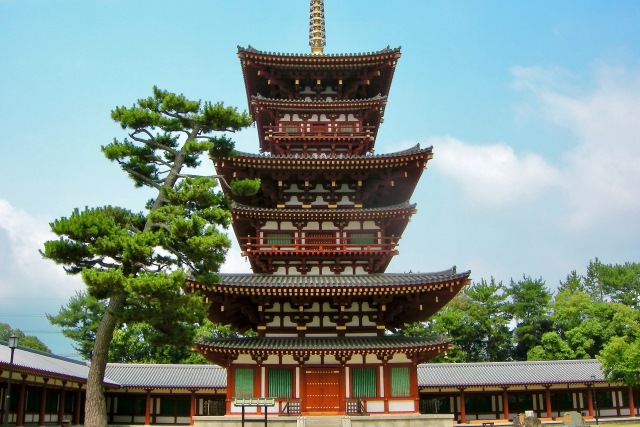
Kashihara Shrine (Kashiharajingu)
The Kashihara area in Nara Prefecture is famous as the birthplace of Japan, where Emperor Jimmu, the first emperor, built his palace about 2600 years ago. Kashihara Shrine, built in 1890, enshrines Emperor Jimmu and his consort, and is known for its matchmaking benefits.
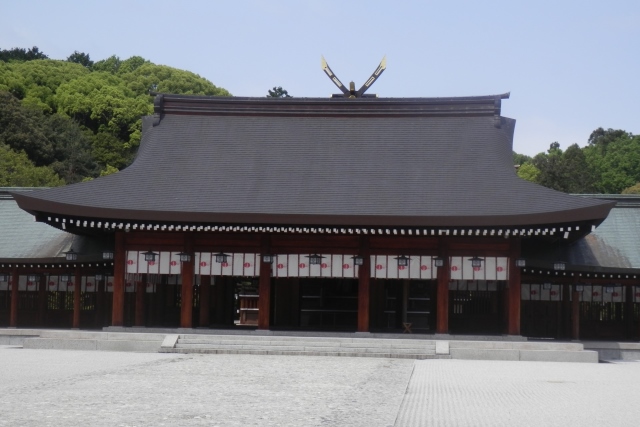
Ishibutai Tomb (Ishibutai-kohun)
Ishibutai Tomb, constructed in the 6th century, is one of Japan’s largest megalithic tombs. Built with 30 massive stones totaling about 2,300 tons, its flat ceiling stone is exposed, giving rise to the name “Ishibutai.” The exact owner of the tomb is unknown, but the surrounding area is now a grassy plaza, beautiful with peach and cherry blossoms in spring and red spider lilies in autumn.
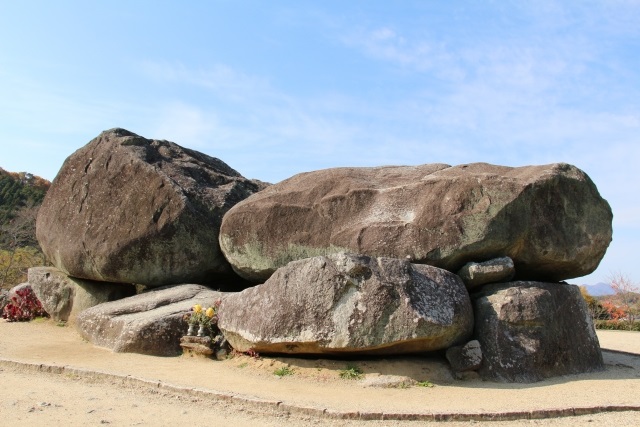
2.Reviews
Nara Park (Narakouen)
Spanning 660 hectares, Nara Park is adjacent to historic and cultural landmarks like Todaiji, Kofukuji, Kasuga Taisha, the National Museum, and Shosoin, making it an ideal base for tourism. The park is home to many deer, and feeding them anything other than the sold “deer crackers” is prohibited.
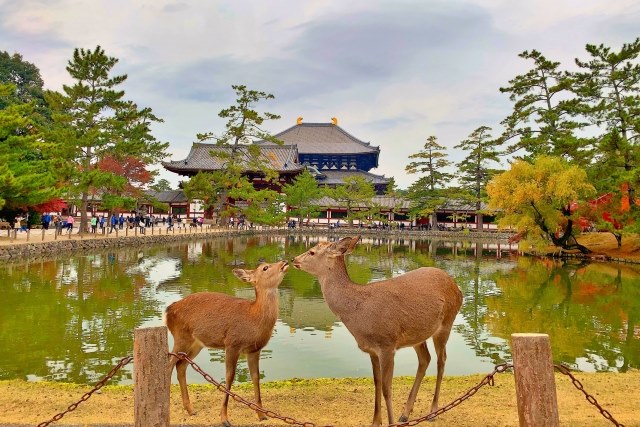
Yoshikien Garden (Yoshikien)
Originally a facility related to Kofukuji, Yoshikien became privately owned in the Meiji era, and its current building and garden were constructed in 1919. Later taken over by Nara Prefecture, the garden is open to the public, featuring a pond, moss, and a flower garden, especially popular during the autumn foliage season.
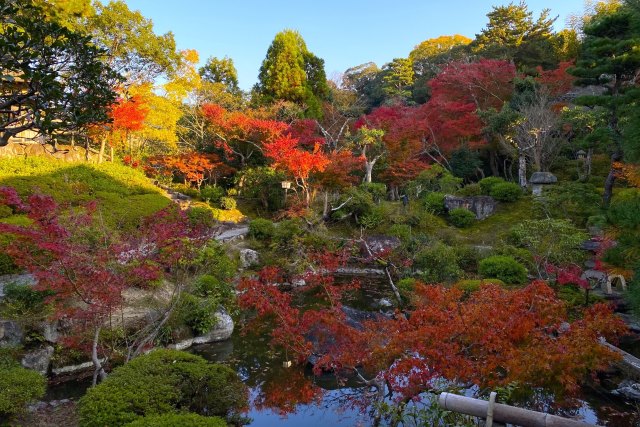
3.Local Food



4.Transportation Information
■ How to Get to Nara
Nara Prefecture Official Site (English Supported)
https://yamatoji.nara-kankou.or.jp/access/
5.Map Information
